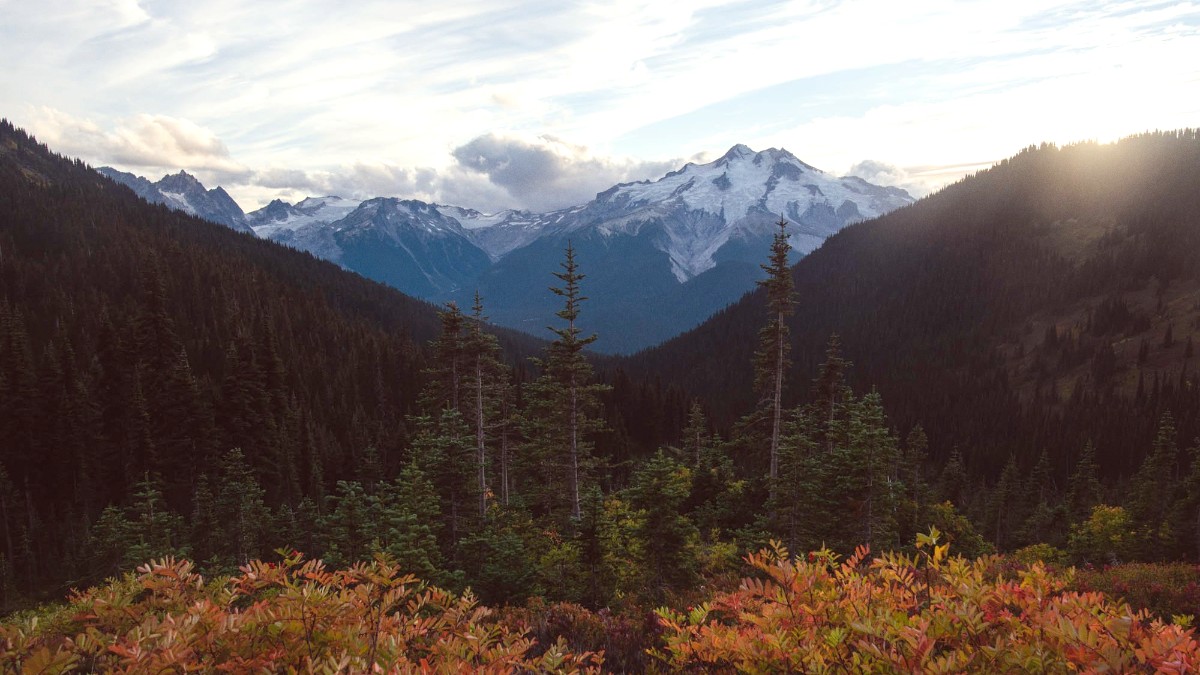
Pacific Northwest, USA
Your gateway to the Olympic Peninsula typically starts with a flight into one of the major regional airports.
Plan your flights and transfers efficiently for a smoother journey.
SEA has direct flights to numerous major cities, easing travel for many international visitors.
SEA offers a wide range of facilities including dining, retail, lounges, and information desks.
Drive from SEA to downtown Seattle, then take a Washington State Ferry across Puget Sound (e.g., Seattle-Bainbridge Island route).
A scenic way to access the Olympic Peninsula from Seattle (e.g., Seattle to Bainbridge Island or Edmonds to Kingston). These ferries carry both vehicles and passengers. Arrive early during peak times.
Operates daily vehicle and passenger ferry service between Port Angeles, Washington, and Victoria, British Columbia, Canada. This route benefits international visitors including an Olympic National Park trip with a visit to Vancouver Island.
Plan your departure with care. Arrive at SEA at least 2-3 hours before domestic flights, 3-4 hours before international flights. Allow extra time for rental car returns.
Public transportation within Olympic National Park is extremely limited. The vast majority of visitors use private vehicles for exploration.
Fares are low, but service is infrequent, especially on weekends.
Options for taxis and ride-sharing services are limited outside of the larger gateway towns.
Renting a car is the most practical and flexible method to explore Olympic National Park.
Walking presents intimate ways to experience the park's natural beauty.
Cycling offers unique perspectives, but be aware of road conditions.
Olympic National Park presents several trails accessible for wheelchairs and strollers.
Visitor centers, many restrooms, and some campsites have accessible features.
High-speed roads without adequate shoulders, backcountry areas needing permits, and sensitive ecological zones may restrict access.
Specific modes of transportation are limited or non-existent within the park.
Accessible options for travelers with mobility needs.
With limited public transit and services, detailed planning for transport within the park is advisable.
Cellular service is unreliable in much of the park, so download maps and information offline.
A personal vehicle offers the most flexibility for exploring diverse regions of the park at your own pace.
For exploring the vast and dispersed attractions of Olympic National Park, a personal vehicle or rental car is highly recommended as public transportation options are very limited within the park boundaries.